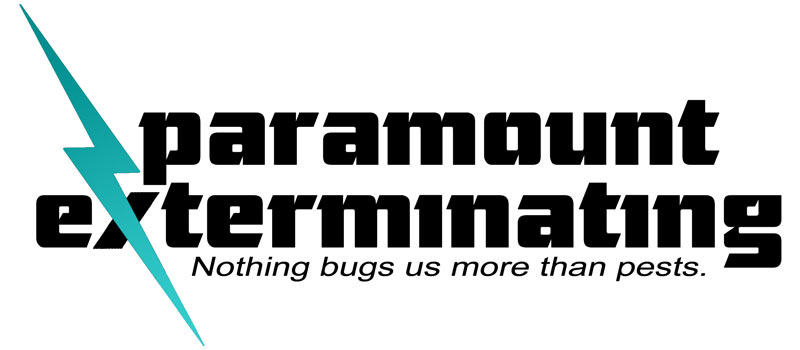Facts: Opossum
Name: Didelphidae (family)
Appearance: Opossums can vary in size from a few inches to a few feet depending on its age, with adult averaging about 2 feet in length from nose to tail. They are commonly silver, black, or grey in color and have hairless tails that are used for grasping and balancing on branches. They also have an opposable claw on their back feet that allows them to move quickly and carefully along tree tops. Opossums are actually marsupials and relatives of the kangaroo. Females are equipped with a pouch typical of a kangaroo in which they protect their young.
Habit: Opossums are nocturnal animals that thrive in unexposed areas like underneath home foundations, porches, or anywhere that stays dark and is low-traffic. They are not hard workers however, never actually digging their own burrows, but always looking to move into abandoned ones. They also like to live right near their food source so that they have easier access and little traveling to do. Opossums are also well known for “playing dead” or “playing possum.” When confronted by a predator, the adult opossum’s instinctual reaction is to pretend it is dead to deter the attacking animal. This is not a controlled reaction however, and is more akin to fainting than actually playing dead. They opossum will lay stiff on the ground for up to four hours while excreting a foul smell from its anal gland to produce a “sick” or decaying type odor to further deter the predator.
Health/Damage Concerns: Opossums are well known to carry disease and are one of the most prolific animals in the spread of rabies. Behind wild dogs, they are the most notorious for spreading the virus despite the fact that it is estimated that only 1 in every 800 opossum actually carry the virus.
Diet: Omnivore/Scavenger diet; Opossum’s are actually quite beneficial as they feed on small pests like mice, slugs, insects, and dead animals. However, they will also eat garden fruits and vegetables, birds, and garbage, making people’s homes a perfect spot to search for food. This can often lead to knocked over garbage cans and damaged lawns as they search for grubs and small insects to feed on.
Reproduction: Females can give birth to many young at once, but only have the capacity to feed up to thirteen offspring. Opossum young are born about the size of a bee, and are nurtured inside of the mothers pouch. Once old enough, the young then begin to travel on the mothers back, as they are not old enough to be on their own but can no longer fit inside of the pouch.
Our Services
We have been providing pest control solutions for New Jersey homes and businesses for over 80 years. Trust a company with the experience and knowledge to get the job done right.
Click below for more information on our pest control services.
Click HERE For A Free Estimate!
With a free estimate from one of our experienced professionals, you learn about all of the benefits of Paramount’s services. We will work with you to design a specialized program specific to your needs! Call or click for a free estimate.




